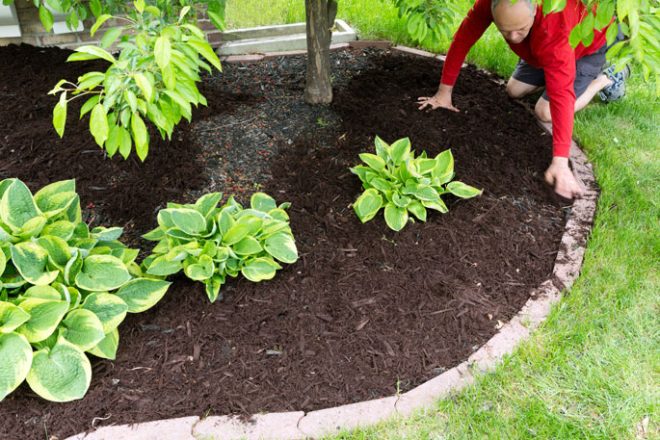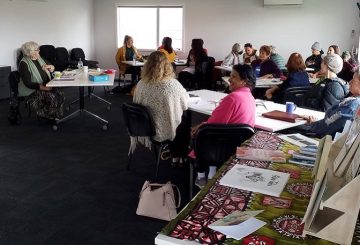타우랑가시는 2년 전 Water-Watchers Plan이 도입된 이후 최대 물 사용량이 7% 크게 감소했습니다.이 연중 계획은 주민들이 물 사용량을 계획하는 데 도움이 되며 스프링클러와 워터 블라스터를 사용하기에 적합한 시기를 조언해 줍니다.
타우랑가 시의회의 수도 서비스 매니저인 피터 바스 (Peter Bahrs) 는 타우랑가 시의 물 절약 노력에 만족하고 있다.열렬한 정원사인 Peter는 물 절약 정원 가꾸기 팁을 몇 가지 알려준다.그는 이렇게 말합니다. “사람들이 여름에 채소밭이 잘 자라기를 바라는데 도움이 될 만한 조언이 있어요.”
Peter의 핵심 팁 중 하나는 더운 날에 뿌리 덮개를 사용하여 식물 뿌리를 보호하는 것입니다.그는 이렇게 제안합니다. “날씨가 너무 더워지기 전에 정원에 뿌리 덮개를 뿌리기에 딱 좋은 때예요.뿌리 덮개는 흙을 시원하게 유지하고, 식물 뿌리의 수분을 유지하며, 잡초를 억제합니다. 세 가지 효과가 있습니다.”
Peter는 또한 정원사들에게 식물에 물을 덜 자주 주되 더 오래 물을 주어 ‘튼튼하게’하라고 조언합니다.그는 식물에 물을 조금만 자주 주면 물 의존성이 생겨 뿌리가 얕아질 수 있다고 설명합니다.대신 일주일에 한두 번 저녁에 식물의 뿌리 깊숙이 물을 주어 수분이 스며들도록 하는 것이 좋습니다.
Peter는 또한 정원에 물을 재사용할 것을 제안합니다.예를 들어, 먹을 수 없는 식물을 위해 샤워하는 동안 양동이에 물을 모으거나 야외에서 양동이에 빗물을 모으는 것을 들 수 있습니다.그는 작은 변화가 물을 크게 절약하고 하천의 건강을 유지하는 데 도움이 될 수 있다고 믿습니다.그는 모든 사람이 수도꼭지를 틀기 전에 시의회 웹사이트에서 Water Watchers Plan을 확인해 보라고 권합니다.자세한 내용은 www.tauranga.govt.nz/waterwatchers를 참조하십시오.




























































